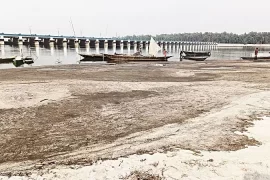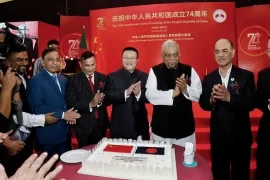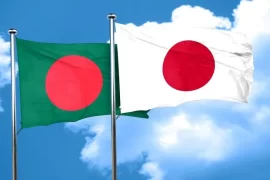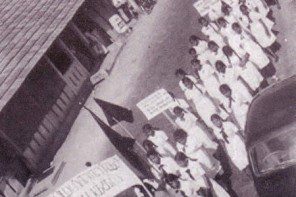The Khalistan Movement in Canada, a story spanning over a century, reveals the intricate dynamics between the Sikh diaspora, asylum, and diplomatic ties. Emerging from early Sikh immigrants drawn by fertile Canadian lands, it took a dramatic turn in the 1970s amidst political tensions, leading to a tragic chapter with events like the Air India Flight 182 bombing. Today, recent controversies, including Prime Minister Justin Trudeau’s statement, continue to test the delicate balance between freedom of expression, asylum, and international diplomacy, leaving Indo-Canadian relations at a critical juncture.
Early Sikh Immigration to Canada
Sikh immigration to Canada began in the early 20th century, primarily driven by the allure of fertile lands in British Columbia. However, the community remained largely apolitical during this period.
Changing Dynamics in the 1970s
The 1970s saw a significant shift as India repurposed Canadian-provided nuclear technology for military use during the Pokhran nuclear tests, straining diplomatic ties between India and Canada. Concurrently, the Khalistan movement in Punjab gained prominence, and many Sikhs sought refuge in Canada, further complicating the situation.
Prominent Khalistani Figures in Canada
Talwinder Singh Parmar
Talwinder Singh Parmar, considered the mastermind behind the Air India Flight 182 bombing in 1985, found a base in Canada. This tragic incident resulted in the deaths of all passengers and crew members on board, marking a grim chapter in Canadian history.
Hardeep Singh Nijjar
Hardeep Singh Nijjar, a 45-year-old Sikh leader, left his homeland of India in 1997 in search of a new life in Canada. Over the years, he emerged as a prominent figure within the Sikh community in the province of British Columbia. However, his public advocacy for Khalistan, the idea of creating an independent Sikh homeland in the Punjab region of India, stirred controversy.
Nijjar’s unwavering support for Khalistan earned him accusations of being associated with a militant separatist group, allegations that he vehemently denied. His activism for Khalistan extended to the global stage, where he worked on organizing an unofficial worldwide referendum among Sikhs to gauge their support for separating from India.
Tragically, on June 18, 2023, Nijjar’s life was cut short when he was shot dead outside a Sikh temple in Surrey, a Vancouver suburb. There is allegation that Indian intelligence agency RAW was involved in the murder.
Evolution of Pro-Khalistan Leadership
By the early 21st century, a new generation of English-speaking politicians with pro-Khalistan leanings emerged within the Sikh community in Canada. They continued to advocate for Khalistan even as the movement waned in India.
Trudeau Era and Pro-Khalistan Support
Pro-Khalistani Influence on Canadian Politics
Justin Trudeau’s rise to power in 2015 saw increased support from pro-Khalistani groups for the Liberal Party. While there were initial attempts to engage with the Modi Government, these efforts were short-lived.
The Khalistan Referendum and Ongoing Tensions
Canada’s open and inclusive society has been leveraged by groups like Sikhs for Justice (SFJ) for their Khalistan Referendum.
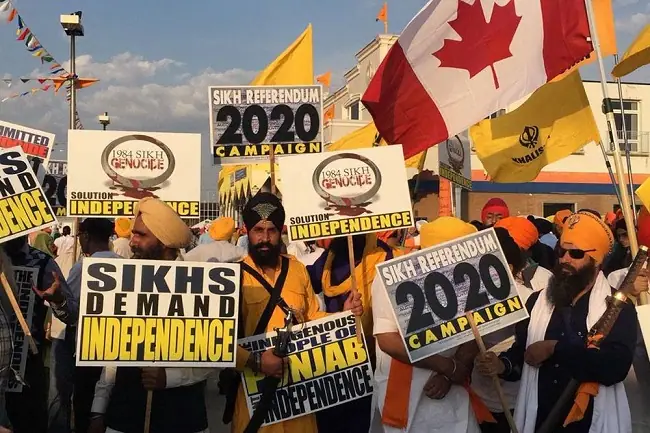
Although Canada clarified its non-recognition of the referendum results, this issue continues to strain India-Canada relations.
Escalation and Recent Tensions
Campaigns, Protests, and Accusations
In recent years, the Khalistani movement in Canada has resurfaced with protests, campaigns, and accusations against India’s diplomats in Canada. These actions have contributed to heightened tensions between the two countries.
Trudeau’s Statement and Its Impact
Canadian Prime Minister Justin Trudeau, on September 18, 2023, announced that his government had initiated an investigation into allegations linking India to the assassination of Hardeep Singh Nijjar. Trudeau’s statement has escalated tensions to a new level. The Canadian government has also expelled the RAW Chief in Canada as a consequence.
The outcome of the murder investigation is pending, but the statement has the potential to significantly worsen India-Canada relations. On September 19, 2023. India expelled a high-ranking Canadian diplomat and leveled accusations of interference in its domestic affairs against Canada.
The Future of India-Canada Relations
The complex history of the Khalistan movement in Canada illustrates the challenges of balancing freedom of expression and maintaining diplomatic relations in an increasingly interconnected world. The issue is likely to remain a point of contention in the federal elections in Canada in September 2025.
Summary of “Khalistan Movement in Canada”
In conclusion, The Khalistan Movement in Canada has proven to be a persistent and contentious issue. It spans generations and tests the delicate threads of diplomacy and diaspora identity. From the early Sikh immigrants seeking fertile lands to the tragic chapters of terrorism, the history is rich and complex. Recent tensions, epitomized by Prime Minister Trudeau’s statement, remind us that the Khalistan question remains an enduring challenge in Indo-Canadian relations.


